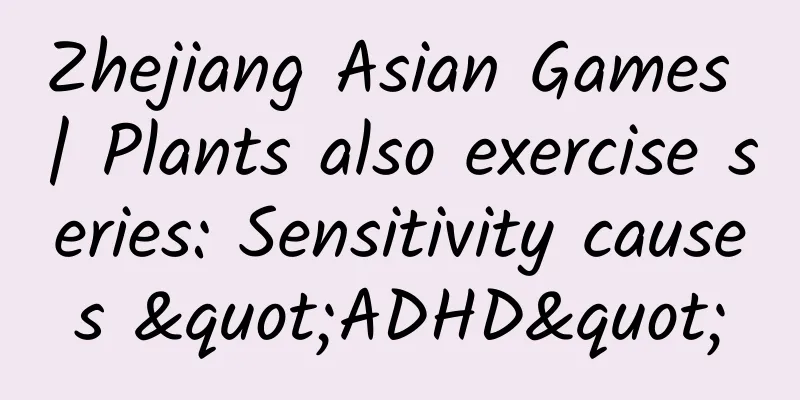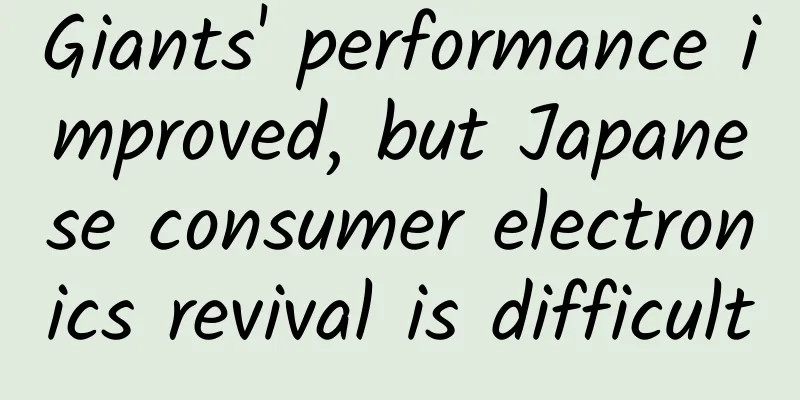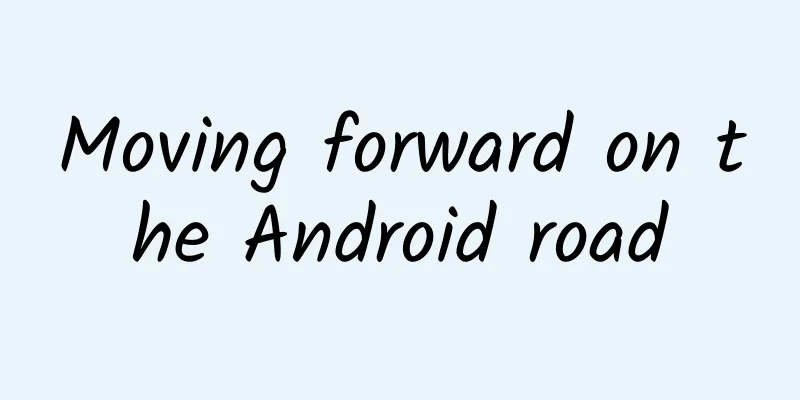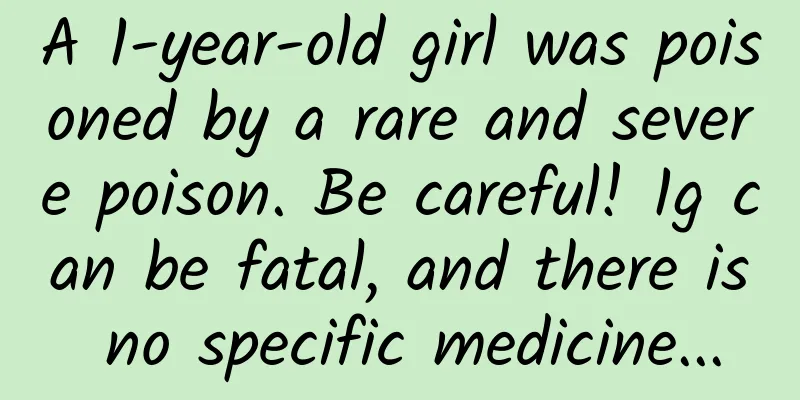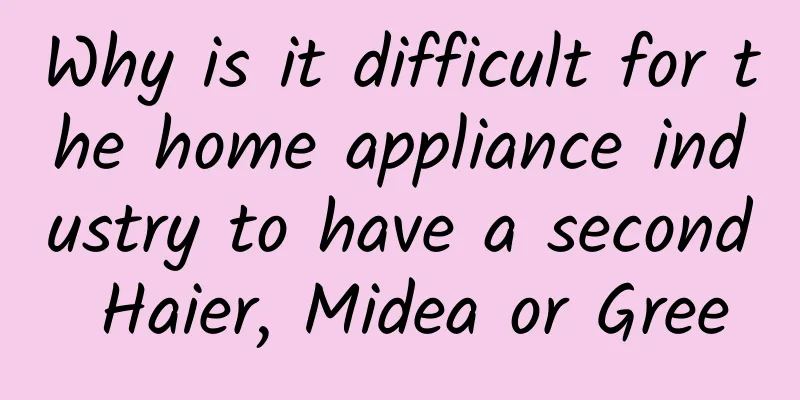"Every additional CT scan increases the risk of cancer by 43%" has become a hot topic! Should CT scans still be performed?
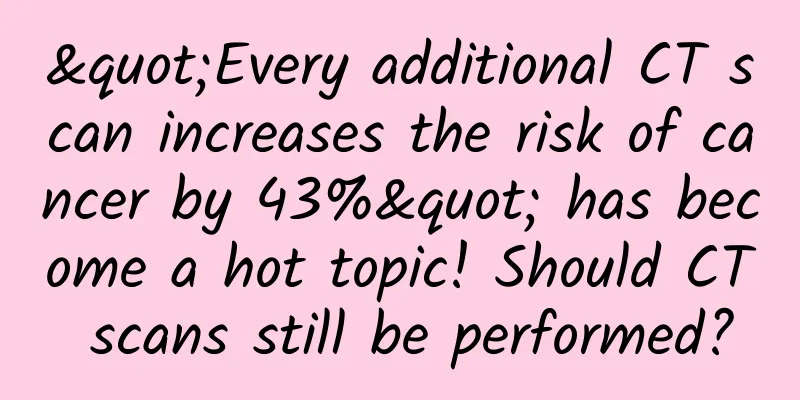
|
"For every additional CT scan, the risk of cancer increases by 43%?" There is a hot topic online saying that CT scans will increase the risk of cancer, which has sparked heated discussions and caused panic among some netizens. Rumor Analysis This statement is not rigorous. This is actually because the topic itself omitted a lot of key information, resulting in misunderstanding. Many media outlets reported that an expert said that a CT scan increases the risk of cancer by 43%. This made many people panic, and some even refused CT and X-ray examinations. So does this statement make sense? Let me first say the conclusion. This topic has become too brief during the dissemination process, so that the cause and effect are not clearly explained. If you look carefully at the detailed interpretation of the experts, you will know that there is no need to panic about doing a CT scan. Why do you say that? Let's talk about it in detail. 43% increased risk of cancer? Can I still have a CT scan? First, the study mentioned by the expert is the following, published in the journal Nature Medicine in November 2023. It should be pointed out that the subjects of this study are adolescents under the age of 22 who have undergone CT examinations, and the focus is on hematological malignancies. This study followed up nearly 1 million people who had undergone CT scans at the age of 22. After statistical analysis, the researchers believe that evidence shows that CT scans in children increase the risk of hematological malignancies. The purpose of the researchers is by no means to prevent everyone from undergoing CT scans, but to remind pediatricians to consider CT scans more carefully and to optimize the dose of CT scans to reduce the risk of small patients. In fact, the experts interviewed this time have given a very comprehensive account. If you search for keywords such as "CT" and "43% increased risk of cancer", and find a slightly more detailed report, you will find that the experts have made it very clear: Image from The Paper In fact, there is already a lot of popular science about how radiation can harm the human body. To sum it up simply, medical examinations such as CT and X-rays use ionizing radiation for imaging, but for ordinary people, as long as the dose does not exceed 100 millisieverts per year, there will be no risk to health. For an ordinary X-ray examination, the radiation dose is only about 1.2 millisieverts, and a local CT scan is usually only a few times the dose of an X-ray examination. Therefore, if it is just a routine physical examination or an occasional one for diagnosis and treatment, the radiation dose will not exceed the standard, so there is no need to worry. In addition, there is a trace amount of natural radiation in the natural environment in which we live. We can neither avoid it nor do we need to avoid it because it has no effect on health. In fact, if we are just discussing whether CT scan can still be done, we can draw a conclusion here, but we can still discuss it a little more deeply here. CT caused public anxiety, what happened? This topic has indeed caused panic among many people. Some people even developed a disgust and fear for CT scans and were unwilling to undergo the necessary CT scans. What's worse, some even didn't want to do ordinary X-ray examinations... So what exactly happened? Are the experts not accurate enough? This study used nearly 1 million samples. Many medical workers worked tirelessly and tracked for a long time to reach this conclusion. It has also been peer-reviewed. It is probably not easy to overturn the conclusion of this study. The study also clearly pointed out that the purpose of the study is to make pediatricians more cautious about the use of CT when examining children. The scope is very clear. Moreover, if you read the detailed report, you will find that the experts gave a very comprehensive explanation. They not only introduced the background of the study, but also emphasized the relationship between radiation damage and dose, and said that there is no need to worry or be anxious about normal on-demand examinations . They also mentioned that some high-risk groups for lung cancer can undergo regular low-dose chest CT for screening. Moreover, the interviewed experts talked about the possible risks of CT, more to dissuade those patients who want to do a CT scan for a slight cough - there are obviously cheaper and less radiation-intensive examinations. Is there something wrong with media reporting? The media has a responsibility to convey some new research and some expert opinions to the public. The media also needs to put the most important conclusions at the beginning of the report. The title often omits some seemingly less important factors, and only highlights the most important words and phrases that can catch people's eyes. The same is true for short videos. The operators of many social platforms have similar ideas and will definitely choose the shortest and most explosive conclusions as topics. Of course, this is also the daily operation of the relevant industry at present, and perhaps it should not be blamed. So is it that the common people have a misunderstanding, because they don't know the relevant knowledge and scare themselves? Not at all, who doesn't care about their own health? It's just that everyone has their own things to do, and it's impossible for everyone to study medicine. Moreover, our time is very limited, and it's impossible to look up papers after seeing a report. For most friends, they may see an eye-catching headline, click in and quickly glance at it, then turn to the next one or go about their own business. And the busier and tighter everyone is, the media has to make the content shorter and more powerful, and the more sensational the headlines, so that people will read it... The bad news is that this situation is unlikely to change for quite some time. The good news is that if we understand how to correctly view health risks in news reports, we can reduce some of our anxiety. Your perceived risk vs. real risk Nowadays, people are particularly concerned about their health and are very sensitive to anything that may endanger their health, but in many cases this is unnecessary. The following two suggestions can help reduce anxiety: 1 Distinguishing between absolute and relative risk The most important point about risk, especially in the area of medical health, is to distinguish between absolute risk and relative risk. How do we distinguish between the two? For example, suppose the incidence of a disease is 1 case per 10,000 people. This is the so-called absolute risk. If we later find that a certain factor can increase the incidence of the disease to 2 cases per 10,000 people, then we can say that the factor increases the risk of the disease by 100%. This is the relative risk. Obviously, a 100% increase in risk looks more frightening than an increase of 1 case per 10,000 people, even though they are the same thing in context. The study mentioned above about a 43% increase in cancer risk concluded that for every 10,000 children who undergo CT scans, it is estimated that 1-2 people will develop a blood cancer within the next 12 years due to radiation exposure. Does it seem less serious when you see "1-2 people/10,000 people" and "12 years"? In fact, many health risks are like this. If we know that it will actually only increase one patient per 10,000 people, we as individuals may not be too anxious about it. But for medical professionals, from a macro perspective, a slight change in the incidence percentage, multiplied by a large population base, may mean tens of thousands of lives, so they need to study what is happening more carefully. 2 Find out who has what disease Let’s first briefly compare the extremely simplified hot search topics and the experts’ explanations. At a glance, we can see that too much information is missing. The original study clearly focused on a specific cancer in a specific population, but after leaving out the key information, it became "everyone who gets a CT scan will have an increased risk of cancer." This is probably the so-called "traffic code." Therefore, we must make it clear about disease risks, especially information in the field of cancer. Different cancers are different. The same cancer has different stages and conditions, and the risks of different groups of people are often different. Similarly, some cancer screenings are often only recommended for the corresponding high-risk groups, and it is not meaningful for non-high-risk groups to do it. So we must not get highly nervous when we see the word "cancer", and we should not identify ourselves with it, which will only add to our anxiety. The lyrics are good: Who doesn't want to live a peaceful life for the rest of their lives... But no one can resist the natural law of birth, aging, illness and death. Risks and uncertainties will always accompany us throughout our lives. Most of us don't have the time and energy to study medicine, so we need professionals and professional media to help us clarify the details. On the one hand, the media should be detailed when reporting content. On the other hand, we should also know that even if the report is true, the reporting method and details will affect our cognition, making us only remember the sensational headlines and ignore more important details, which may increase our anxiety and even make us make wrong health decisions. Looking in the mirror of rumors In fact, if we see sensational health risk content circulating in the mass media, we might as well take a look at what professional medical and popular science accounts (such as Science Debunking) say. Planning and production Source: Scientific rumor refutation Author: Ding Zong Reviewer: Tang Qin, Director and Researcher of the Science Popularization Department of the Chinese Medical Association Editor: Ding Zong The cover image and the images in this article are from the copyright library Reprinting may lead to copyright disputes |
Recommend
Tiantian Dongting, who died with hatred, linked a past of grievances and entanglements
Yesterday, Alibaba announced that Ali Planet, a &...
Please accept New Year's greetings from the world's deepest underground laboratory!
◎ Science and Technology Daily reporter Zhang Gai...
Yuanjiang SEO Training: What value can website optimization bring to enterprises?
Many companies don’t understand why they need to ...
Can you make money by just posting your works without doing live streaming? Several ways to make money by posting works on Douyin
The easiest way to monetize Douyin is through liv...
"Food Safety Guide" Series | Chinese medicine says tea, are you drinking it right?
When I was a kid, I only heard of two kinds of te...
Nissan recalls 54,000 vehicles over airbags that could deploy if doors are slammed
According to the techtimes website, due to the hi...
If you pick this kind of grass on the roadside, you may go to jail!
The birds that are often seen, the turtles that m...
What are the health risks of getting wet in ice water?
I saw many celebrities such as Bill Gates taking ...
Two major channels for Tik Tok to get free traffic!
There is always not enough traffic for the video,...
World Seagrass Day | A tiny blade of seagrass that is indispensable to the Earth
In May 2022, the United Nations passed a resoluti...
Apple's 2022 product line leaked! Transformation to Apple Silicon within two years, goodbye Intel
A year ago, Apple unveiled the mystery of Apple S...
World Coffee Day, have you had breakfast today?
Produced by: Science Popularization China Author:...
Cai Lun might not have thought that the papermaking technique he improved would turn green!
In recent years, the world's papermaking indu...
China Automobile Dealers Association: China's auto dealer inventory warning index is 49.5% in June 2022
On June 30, 2022 , the latest issue of the "...
Autonomous driving is still too far away? These scenarios will be applied first
Unmanned driving is the direction of future devel...

